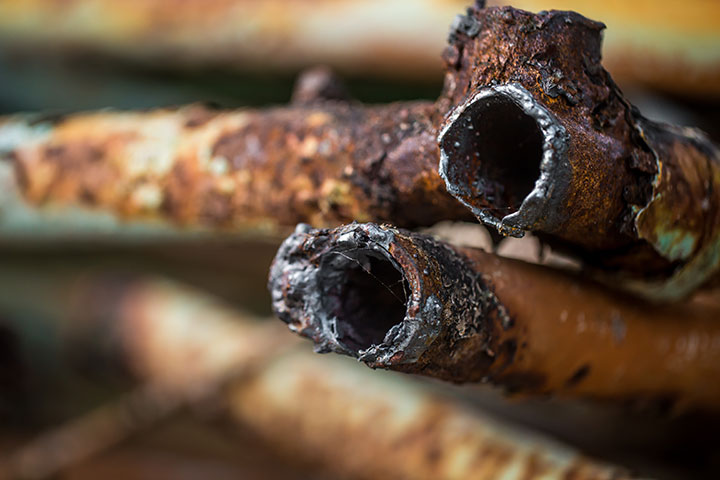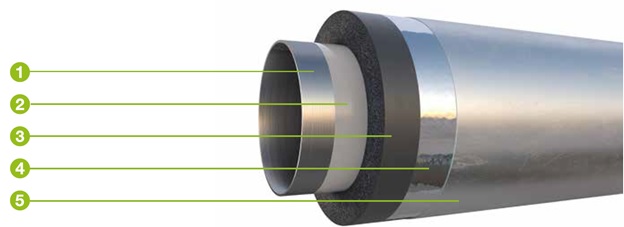CUI – “Corrosion Under Insulation” a $2 trillion hit to the global economy.

INTRODUCTION –
Corrosion Under Insulation (CUI) presents a significant challenge, causing annual losses of up to $2.2 trillion in the global economy, as reported by the World Corrosion Organisation. However, there has been a lack of extensive research on CUI prevention and its impact on pipework lifespan and safety.
Insulation serves several critical purposes, including heat transfer reduction, frost prevention, condensation control, fire protection, noise reduction, and personal safety assurance. The choice of insulation plays a crucial role in mitigating CUI, as various insulation properties, such as cell structure, water absorption, permeability, water retention, water wicking, leachable chlorides, and cladding, can influence CUI risk.
While better insulation selection can contribute to CUI mitigation, it cannot entirely prevent CUI on its own. Nonetheless, the insights gathered here can significantly enhance our understanding of insulation materials and their impact on CUI risk.
WHAT IS CORROSION?
Corrosion is an electrochemical process that occurs over a metal surface in the presence of water and oxygen.
Corrosion Under Insulation (CUI) specifically refers to the corrosion that takes place beneath insulation and on the metallic pipe’s surface due to moisture presence. All insulation materials, including calcium silicate, mineral fiber, cellular glass, elastomeric, and phenolic, are susceptible to CUI.
Roles of Insulation in CUI:
Insulation plays three major roles in relation to CUI:
- Spaces and crevices that retain water.
- Moisture absorption and spread through a process known as “wicking.”
- Contribution of contaminants, such as leachable chlorides, which accelerate corrosion.
CUI PREVENTION – DEFENCE MECHANISMS
There are five lines of defense that can effectively mitigate CUI:
- Type and grade of steel used for the pipe.
- Protective coating applied to the pipe.
- Insulation layers, which should minimize moisture intrusion and prevent water retention and wicking.
- Vapour barrier to shield against moisture penetration.
- Cladding or jacketing serves as an additional protective layer.

The metal cladding and vapour barrier foil, which occasionally sustain damage jointly if penetrated, are the first and second lines of defense. The insulation itself, which should be able to minimize moisture intrusion and prevent water retention and “wicking,” serves as the third layer or line of defense. The pipe material itself and its coating come next.
CONCLUSION –
The economic losses caused by CUI underscore the urgency of prevention measures. We have discussed the causes and contributing factors of CUI, as well as the primary lines of defense to mitigate it effectively.
By ensuring proper installation and storage of system materials, these defense mechanisms can function as intended. Additionally, careful consideration during the selection of insulating materials can significantly reduce the risk of CUI. Implementing these strategies and materials can help safeguard against the costly consequences of CUI and enhance overall pipeline integrity and safety.
Author: Syed Hussain Abbas
Designation: Sales Manager, Leminar Air Conditioning Company
References:
- https://local.armacell.com/fileadmin/cms/engineered-systems/downloads/en/White_Papers/CUI_III_Tech_Paper_Fundamentals_layout_EN_201901_f2_web.pdf
- https://www.hempel.com/en-gb/Markets/oil-and-gas/Cui%20and%20high%20heat
- Control of Corrosion Under Thermal Insulation and Fireproofing Materials, NACE Standard Practice SP0198-2016, NACE International, 2016
- https://local.armacell.com/fileadmin/cms/engineered-systems/downloads/en/White_Papers/CUI_III_Tech_Paper_Fundamentals_layout_EN_201901_f2_web.pdf
